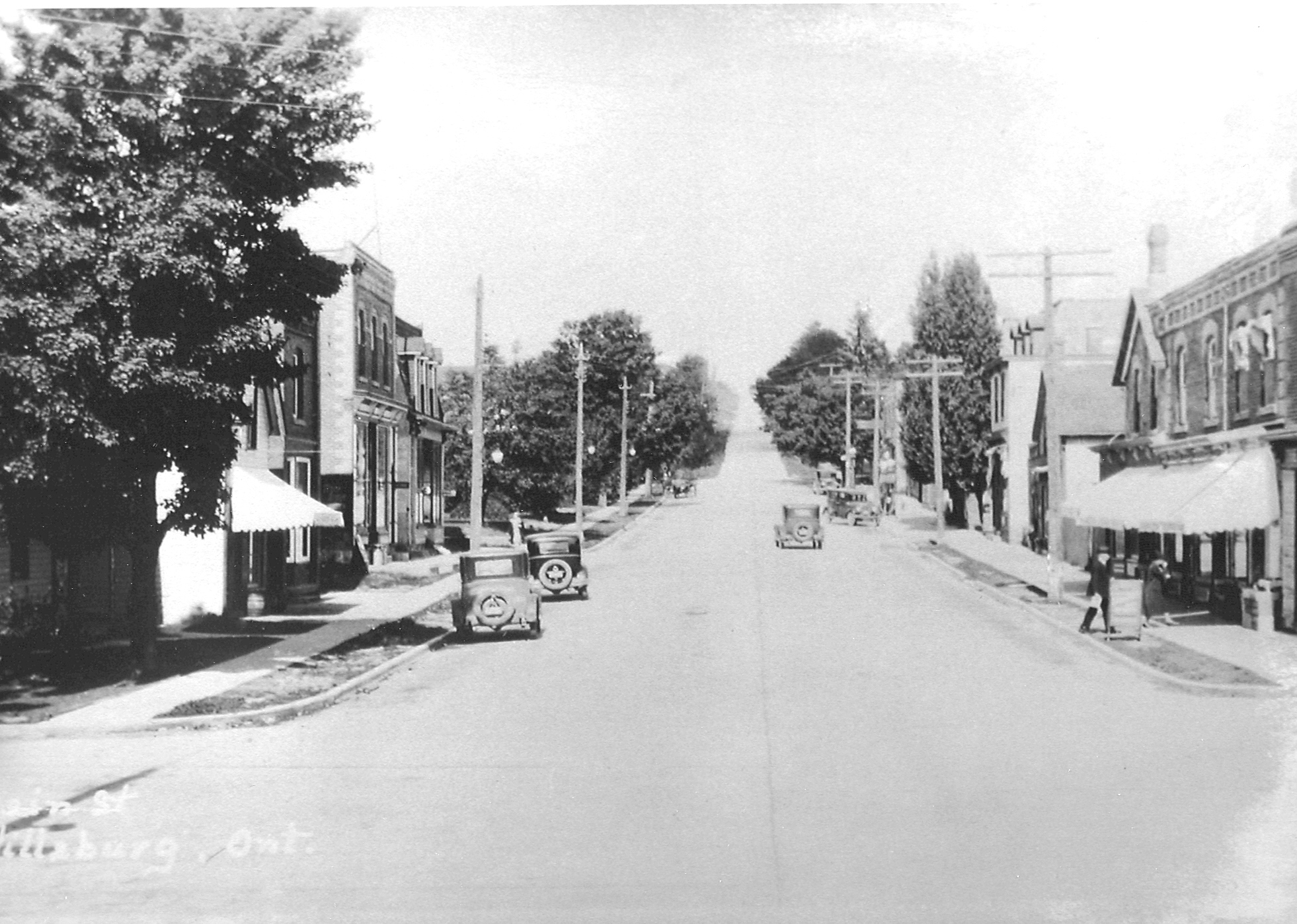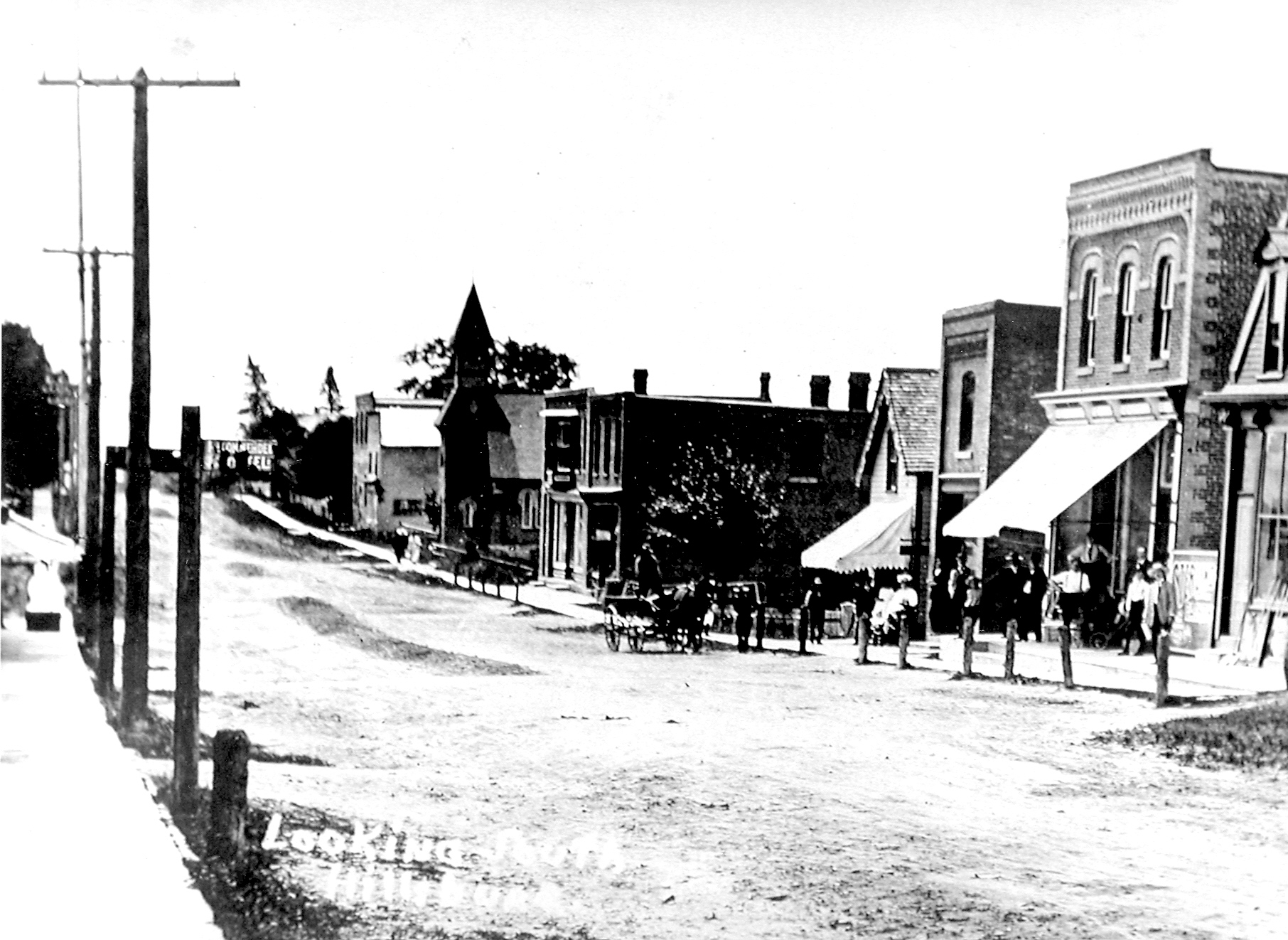ABOUT ERIN
About Our Town
Erin boasts several must-visit attractions, including the scenic Erin Heritage Walking Trail, the charming village of Hillsburgh, and the beautiful Elora Cataract Trailway. Be sure to explore the Erin Fall Fair, one of Ontario's oldest agricultural fairs.

HISTORY
History of the Town
Nathaniel Roszel, a native of Pennsylvania, was the first settler in Erin Township. He took up the land at Lot 1, Concession 7 in November 1820. On November 11, 1821, his son Benjamin, their first child was born. It was here the hamlet of Ballinafad sprang up, and here, Erin Township began.
The next year, 1821, William How and his family came from Kent, England, and made Lots 22 and 23, Concession 7, their home in what is now Hillsburgh. The settlement that Mr. How started was called Howville but in 1823 Nazareth Hill took possession of Lot 25 and built the first hotel on the site of today's Foodland. The name of the settlement was changed to Hillsburgh.


Crewsons Corners
Crewsons Corners is comprised of the corners of four townships in two counties, the south corner of the Town of Erin, the east corner of Guelph Eramosa, in Wellington, the west corner of Esquesing and the north corner of Nassagaweya, in Halton Hills. It was first called Ryckman's Corner after Samuel Ryckman, the surveryor, who laid out Eramosa and Nassagaweya but later changed to Crewsons Corners for the first family to live in the area.
Ballinafad
Ballinafad was named after a village in Ireland and is the location of the home of the first white settler in Erin Township, who came to the area from Pennsylvania in 1821. The community grew to include a general store and post office which is still running today. There was also a school, a United Church which still hosts United Church Suppers to this day, a temperance hall, parsonage, two hotels, one that was lost to fire but was one of the last remaining hotels in the area, a chopping mill, two blacksmith shops, a wagonmaker, a pumpmaker and a shoemaker.
The Methodist Church with a Good Templar's Hall on the second floor stood in the location of the current Ballinafad Community Centre. Ballinafad was a stop along The Old York Trail to Toronto from Guelph. A stagecoach ran from Georgetown to Erin in 1871.
Brisbane
Brisbane is located at the corner of the "Guelph Road" or Wellington Rd. 124 and Trafalgar Rd. The village was originally named Bristol and was surveyed in 1854. In the early days, Brisbane had a blacksmith shop, gunsmith, woodworking shop, and two hotels. The original post office was located at the site of the PetroCan station and mail was brought from Guelph by stage.
Ospringe
Ospringe was named for a village in England, a suburb of Canterbury in the county of Kent, from which came the first settlers around the immediate corner in 1842. The settlement began earlier (1831) but wasn't named. A toll gate was located in Ospringe on the Erin to Guelph Road in 1875. The hamlet boasted two grocery stores, the Fielding Hotel, a United Church, two blacksmith shops, and a wagon shop.
Cedar Valley
Cedar Valley was originally called Slabtown in the eighteen hundreds. The name was taken because of the sawmill operation by the Tarzwell family that was operated in the hamlet. Cedar Valley boasted a pump manufacturing business, a planing mill and blacksmith shop, a grocery store, a church and a welding shop in its early days. Cedar Valley had its first telephone in 1910, rural mail delivery in 1912, their first hydro in the early 1930s.
Orton
Orton was first named "Little Chicago", but was later named Orton in honor of the Dr. Orton of Fergus, who so faithfully looked after his rural patients in those horse and buggy/cutter days. Orton was on the Credit Valley Railway line from 1879, with the station on the Garafraxa side. Early Orton was a thriving community with a railway station, post office, Royal Bank, 2 stores, a blacksmith shop, chopping mill, fire hall.
FREQUENTLY ASKED QUESTIONS
What are the main attractions in Erin?
Erin offers several attractions including the Erin Heritage Walking Trail, the historic village of Hillsburgh, the Elora Cataract Trailway, and the annual Erin Fall Fair. The town is also known for its scenic beauty, local shops, and restaurants.
How do I get to Erin?
Erin is easily accessible by car from major cities. From Toronto, take Highway 401 W to Highway 124. The town is approximately 80 km northwest of Toronto. Public transit options include GO Transit to nearby stations with taxi service to Erin.
What makes Erin unique?
Erin is known for its rich history, rural charm, and strong sense of community. The town combines historic architecture with modern amenities, surrounded by beautiful countryside. It's particularly famous for its equestrian community and agricultural heritage.
What events happen in Erin throughout the year?
The most notable event is the Erin Fall Fair, one of Ontario's oldest agricultural fairs. The town also hosts various seasonal events, farmers' markets, and community gatherings throughout the year.